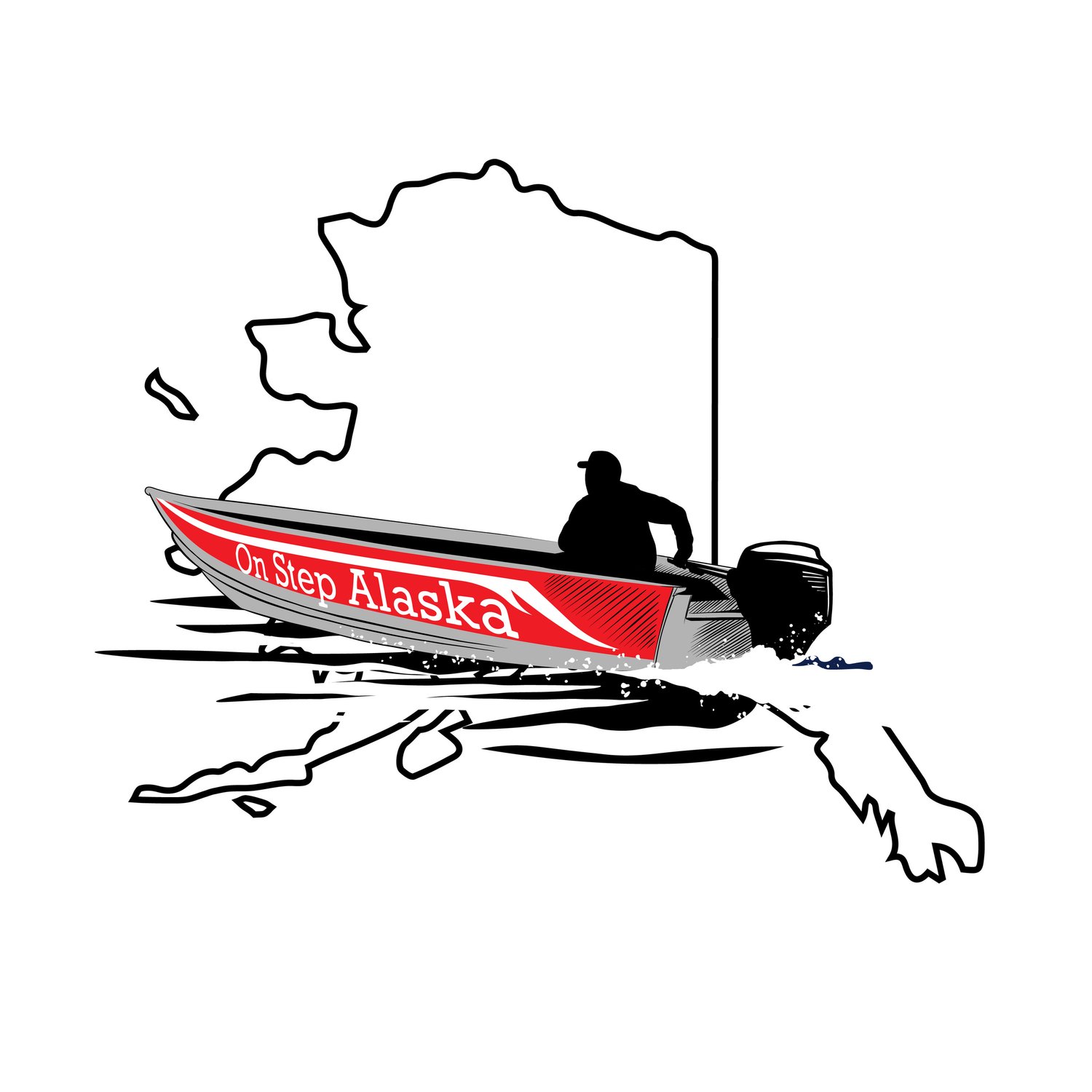Marathon training in SE Alaska
Abby ran a 5-mile race on Thanksgiving. The race was re-routed thanks to flooding in the Ward Lake area.
In early January, I had a conundrum. I had promised my friend Tonya, who grew up in Klawock, Alaska, and now teaches in Colorado that I would run the Prince of Wales marathon with her in May. The problem was, with five months of training in wind, wet and dark stretching ahead of me, I just didn’t really feel like it. I had plenty of excuses – a nagging foot injury, 3 inches of ice on the roads, no one to train with, nowhere really to run, and a laser focus on writing my dissertation and finishing the requirements for my PhD in ecology.
However, for the duration of my distance running career (which is approximately three years), Tonya and I have been running a race together every year. We’re evenly matched; she’s probably faster at shorter distances, I might have the edge in longer ones. When we both lived in Wyoming, we enjoyed running together because we’re competitive enough to push each other, and good enough friends to be genuinely excited when the other pulls off a good race. I had to rise to the challenge. But, knowing our running history, and that Tonya has the added advantage of training at 6,000ft in Colorado, I knew I couldn’t just plod through an 8-week training plan in April and hope for a good showing. I’d have to start early, stay consistent and dig deep.
Abby’s first marathon was a trail race (4000-foot elevation gain) in Colorado a month after an appendectomy.
I moved to Ketchikan for good in October 2021, and learned quickly that unless you want to run straight up the mountains that rise from the ocean around Ketchikan (even with my background of trail running in Wyoming at 7,200ft, I did not), your only real option is to run along the highway which is only 32 miles long from the north end of town to the south. I could run north from where we lived, 4.2 miles to the end of the road, for a total of 8.4 miles of relatively wide shoulders and few cars, or I could run south, towards town and increasing amounts of traffic and the occasional home with a burn pit full of smoldering plastic and rubber. While it might be necessary to burn trash when you live on an island with no good options for garbage disposal, Ketchikan does have a dump and trash service, so the frequency on some properties is a bit alarming. Inhaling chemical laden smoke is one of my least favorite activities, so I adopted the northern route and for longer distances I’d double up on the nicer sections.
Running the same stretch of road over and over for months on end during dark, rainy Southeast Alaska winters isn’t fun. You have to pull out all the psychological tricks.
1) Positive visualization
Imagine how good you will feel when your run is done: the endorphins, the stress reducing power of both exercise and nature, the admiring comments from friendly neighborhood ladies who walk the same route, Jeff’s friends who inevitably see me running because there is only one road through town, or the arrogant self-assurance that you are mentally tougher than everyone who isn’t out there running.
2) Negotiation
Sure the running plan may have a fast or long run on the schedule today, but you just have to get out and run around the block (well in my case down to the highway, and back). This is of course a way to trick the mind because once you have acclimated to the wet and wind, the running isn’t actually that hard.
3) Trick the reward synapses in your brain
I can’t remember the exact science behind the strategy, but when I first began distance running, I read James Clear’s book, Atomic Habits and from what I recall, one trick to create a habit is to build in something during or afterwards that you enjoy. For me, this is listening to an engaging audiobook with a great story (often I listen to different Brandon Sanderson series because they are long so you only have to make a decision about what to listen to once a month or so). When I’m in the midst of a great book, I look forward to running because I look forward to finding out what happens in the book.
4) Finally, if it comes to it and all else fails, some self heckling can be a good fall back
Compare yourself to others ruthlessly. Did Courtney Dewaulter become an ultrarunning legend by skipping runs? Do you want to be the type of person who makes excuses and sits on the couch while other people live epic lives? Look what people are doing on Instagram as you sit here motionlessly thinking about running! It would be better to just get up and do it.
Now it’s February and we’ve moved to the south end of the island, which is exciting because we bought a piece of land to build on this Spring, but also because it’s added some variety to my running routine. Now I get to run to the south end of the highway, which is almost exactly a half marathon, the views are better, and there are fewer plastic burners.


